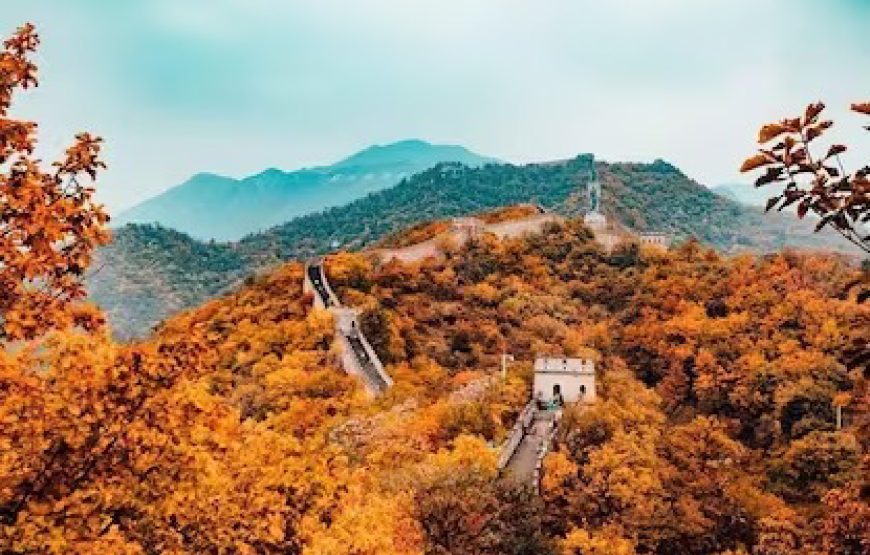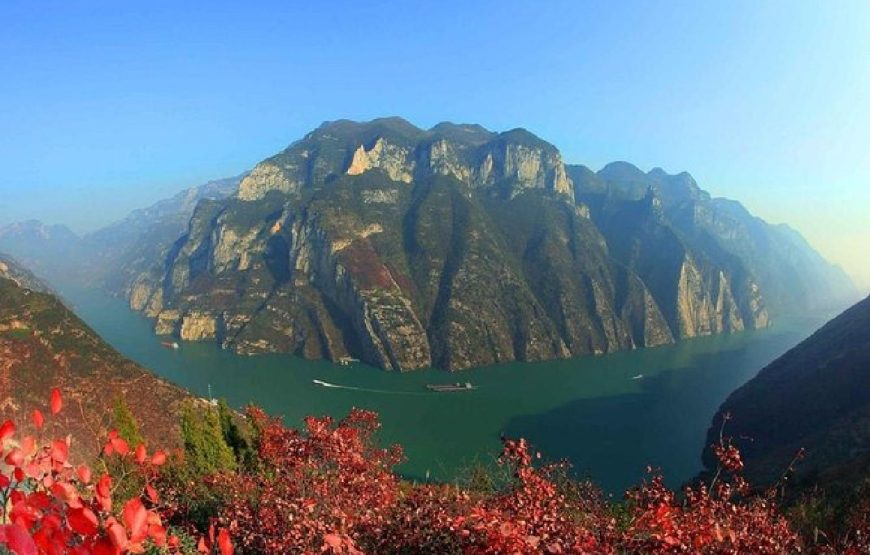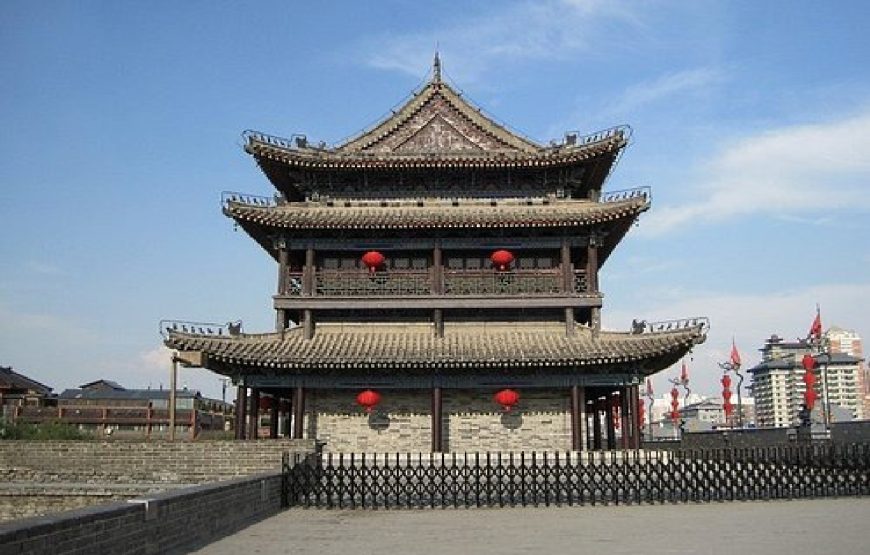from 0 review
05 Days & 04 Nights
Daily Tour
Unlimited
___



For more than a millennium, Xian was one of China’s first historical capitals. You will learn about its history and top attractions over the course of five days, including the ruins of the City Walls and the thousands of clay sculptures that make up the Terracotta Army. A visit to Luoyang, where you can view thousands of Buddhist rock carvings that date back to the fifth century, will round off the journey.
This city is famous for a lot of things. It is the most populated city in north-central China with more than 12 million people living there. Among the Four Great Ancient Capitals of the nation, it is also the oldest. Since its founding in 202 BCE, it has housed 13 imperial dynasties as their capital. Perhaps most notably, the Terracotta Army is located in Xi'an. The soldiers of Qin Shi Huang are shown in this enormous collection of life-size clay statues, each one exquisitely sculpted. From 221 until 210 BCE, he ruled as the first emperor of China and the founder of the Qin Dynasty. This army of clay was buried with Qin after his death, guarding him in the hereafter. After landing at the airport, you'll make your way to your hotel so you can check in. Go out to a neighborhood restaurant for dinner if you feel like it. You may try Cantonese and Sichuan food, among other Chinese culinary traditions, in Xi'an. Try the Xi'an kebabs (chuan'er), the mutton dumplings (suantang shuijiao), and the thick, hand-stretched noodles (Biang Biang), which are frequently served with hot chiles. Roujiamo, which is comparable to a hamburger and is made of baked bread stuffed with shredded, cooked meat, is another dish that should not be missed.
In the morning, a car will pick you up at your hotel and take you to Mount Li, which is an hour's drive east of Xi'an and is home to the renowned life-size warrior sculptures and the Terracotta Army Museum. These mud statues were discovered at an excavation site that is a component of Emperor Qin Shi Huang's tomb, a wider necropolis. He passed away in 210 BCE, having founded the Qin Dynasty. Approximately 38 square miles (98 square km) in size, this massive site was discovered in 1974 and is considered one of the most significant archeological discoveries of the 20th century. Famous terracotta warrior statues were made with the intention of protecting Qin's spirit in the afterlife by serving as symbolic guardians of his burial tomb. And the government employees and hundreds of thousands of artisans who built them did not cut any corners. Thousands of figures were produced, each one exquisitely detailed and unique in accordance with their positions within the army. You can observe a variety of warriors, chariots, and cavalry figurines while exploring the enormous excavation pits. They had originally been arranged in a military shape, keeping watch around the burial mound. In some excavation pits, there are also non-military figurines that depict performers such as acrobats and musicians. After taking a lunch break, you'll return to Xi'an by car. Your next destination is the Xi'an city center and its well-known fortifications. Zhu Yuanzhang, the first emperor of the Ming Dynasty, ordered the construction of these stone walls in the late 14th century as a means of fortifying the city. The best-preserved ancient walls in all of China, they span 8.7 miles (14 km) in a rectangular design. If the weather permits, cycling along these ramparts is the greatest way to experience them. You'll visit the historic walls and then head back to your accommodation. You might choose to spend dinner with a local family in the evening and learn how to prepare traditional Chinese dumplings.
You will visit the Shaanxi History Museum in south Xi'an after breakfast. One of the biggest modern museums in the country is operated by the state. More than 370,000 prehistoric items that were found in Shaanxi Province have been added to it. These include ceramic figurines, bronze artifacts from the Zhou Dynasty (1046–256 BCE), and murals discovered in graves from the Tang Dynasty (618–907 ACE). It's a fantastic resource for learning about the history of the area. After taking a lunch break, you'll see the Giant Wild Goose Pagoda, a magnificent example of Xi'an's rich past. Built in 652 ACE, this seven-story Buddhist pagoda is composed of solid brick. The origin of the unusual name is a Buddhist fable about a "giant wild goose" that died and fell out of the sky in front of a gathering of monks. The monks built a pagoda on the exact site where they discovered the geese because they believed that this was a sign instructing them to become more devout. You'll see the old Muslim Quarter later. The Muslim, or Hui, community of Xi'an resides among the historic houses lining the winding streets of this area, which is situated in the city's center behind its historic walls. Of all the faiths in the city, Islam is the most lasting, which may surprise you. Arab traders brought it to China for the first time in the Tang Dynasty, and the Yuan Dynasty saw its height of popularity (1279-1368). These days, the Muslim Quarter is a bustling neighborhood with many of stores, eateries, and street food vendors. You'll return to the hotel after the tour and have the rest of the day free.
You will board a train for the two-hour journey to Luoyang after breakfast. You will be picked up by a guide at the train station and taken in a car to the Longmen Grottoes. The 2,300 caves that make up this UNESCO World Heritage Site, which is located near the Yi River in limestone cliffs, date back to 493 ACE. In addition to the caverns, there are 60 Buddhist stupas, 2,800 inscriptions on steles, and 118,000 stone Buddha figurines. The actual carving of the Longmen Grottoes took place between the late fifth-century Wei Dynasty and the mid-18th-century Tang Dynasty. The process of creating the Grottoes was an ongoing one. The project took 400 years to finish in total. You will go back to Luoyang after seeing the grottoes and board a train to return to Xi'an. After your return journey to your hotel, you'll have the evening free.
You will transfer to the airport for your journey home at the appointed hour. Until the next occasion
Leave a reply